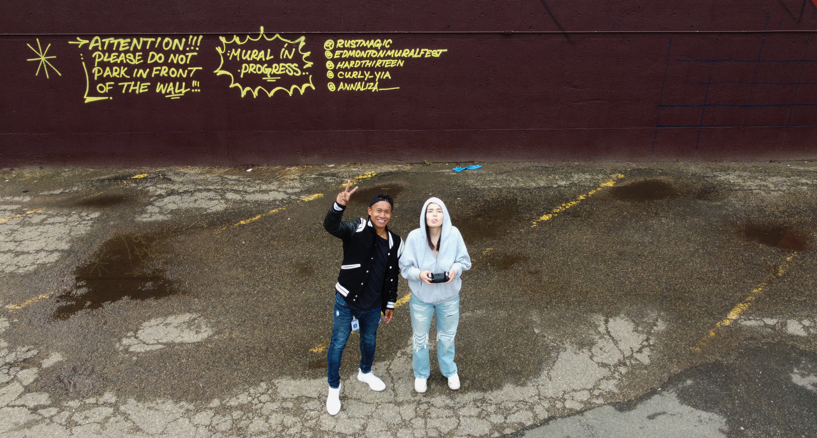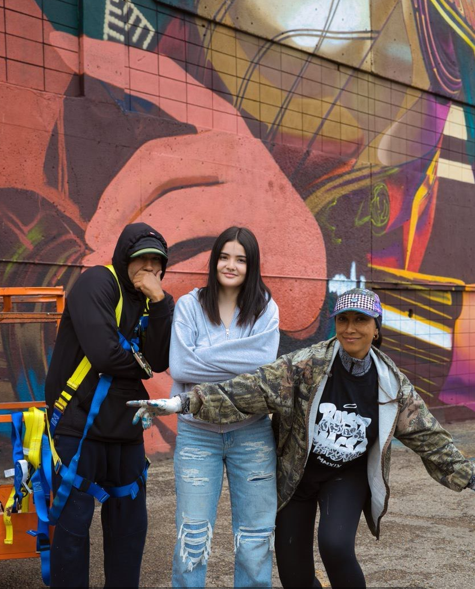
For the past 26 years
iHuman has nurtured high-risk youth utilizing the transformative power of art therapy. We believe the arts are especially effective in reaching marginalized youth who experience more barriers to engagement because art therapy enhances social support networks and group identity, and fosters a shared sense of success. Art therapy also builds trust, self-esteem, resilience, skill development, and empowerment.
TRAUMA AND ABUSE
There is a growing body of research that demonstrates the value of the arts in supporting PTSD and the communication of traumatic experiences. Art therapy can potentially reduce avoidance and lessen the impact of trauma. There is further evidence that supports the assertion that arts therapy reduces stress, isolation, and loneliness.
DEFINING THE ARTS
An object – either physical or experiential that is valued because it provides an imaginative experience for both the artist and the audience while provoking cognitive stimulation, an emotion, or social interaction. Art production is creative and requires specialized skills relating to the rules of form and composition.

IHUMAN’S VISION FOR THE FUTURE
iHuman will strive to be the leading force of transformation for marginalized youth by utilizing art and therapy as tools for healing, expression, and empowerment. Our goal is to create an ecosystem where youth can have a place to create and feel empowered to navigate the world with confidence and resilience.
SOCIAL WORK AS A KEY COMPONENT OF OUR VISION
Social work is grounded in social science and humanities theories and is intended to improve individual and collective well-being. Social work is a response to social issues like marginalization and poverty and champions social justice and human rights by assisting clients in attaining physical, mental, and spiritual well-being. A core component of social work is advocacy, enabling social workers to represent and argue for their clients and connect them with resources and opportunities, especially when they are vulnerable.
Sean Arceta is a Registered Social Worker at iHuman and an integral part of our team.
SEAN’S APPROACH TO SOCIAL WORK
“My practice as a social worker has always been about creativity, sparking new ideas, and seeding moments that spark curiosity in the young people I work with. I take any opportunity to bridge young folks to engage with visual and performing artists experiencing success in their professional/creative work. As an active professional performing artist, I can see the value of the arts and its capacity to influence social change and aid in one’s journey. Social work is often about navigating societal issues, traumas, oppression, and systemic problems, but art often originates from those issues. Art is the response and reaction to life’s challenges that isn’t always acknowledged or is under-valued, especially in social work. Often, I think about b-boying (breakdance) and how historically it was the movement of a generation in the late 70s when Hip-Hop culture was coming to rise, and mainly, it was due to oppressed young folks who were finding alternative ways to express themselves: b-boying, DJ’ing, MC’ing, and creating graffiti. I might save that for a later conversation, though!”
Sean recently had an opportunity to engage with Taysha Marie, a marginalized youth facing multiple challenges. He introduced her to some of his friends participating in the Edmonton Mural Festival and offered her an opportunity to operate his drone. Together, they got some AMAZING footage. As they were filming Sean took this opportunity to understand the value of art from Taysha Marie’s perspective.
Sean and Taysha Marie w/Edmonton Mural Festival
1. How did you stumble across the mural?
“Sean asked if I wanted to check the mural out that was being created downtown – I thought I’d try something new.”
2. What did you think of the mural once you saw it?
“When I first saw the mural the first thing that stuck out was the details in the feathers and the abstract colours incorporated to make a beautiful piece of art.”
3. What was your reaction when Sean asked you to try out the drone to help film and take photos?
“When Sean asked me to try out the drone I was a little bit nervous to break it because I am pretty clumsy, but I decided to give it a try and I got better at it.”
4. Why do you think art is important, or why is it important to be creative?
“Art is important because it gives people a form of self expression and gives others perspective. Creativity is anything to do with expanding your mind to its full extent.”
This interaction is a wonderful example of the work we do at iHuman. Sean’s approach allowed him to connect with Taysha Marie, provide her with an impactful experience and demonstrate that art can provide the means to live the life she wants to live.



